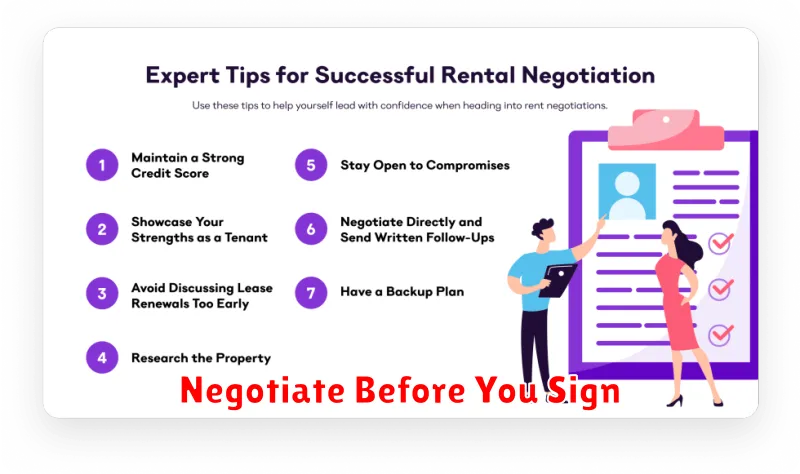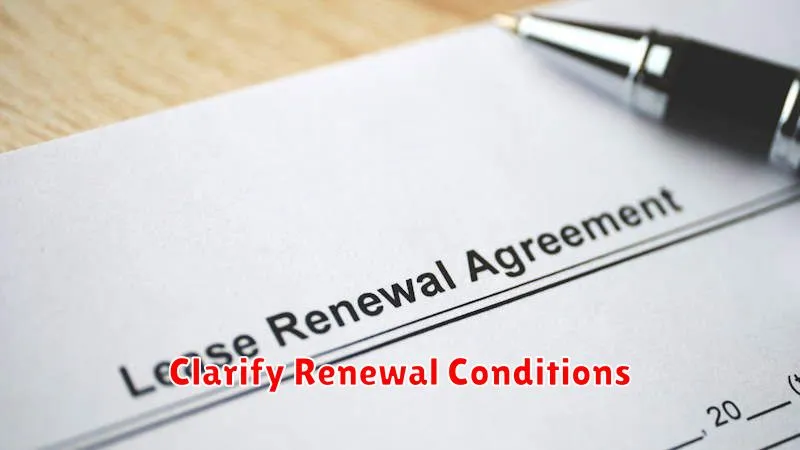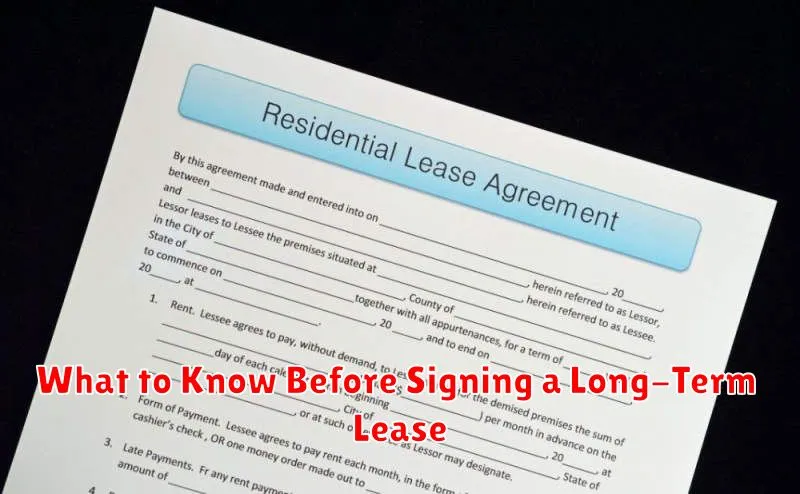Signing a long-term lease is a significant commitment. It’s essential to understand the implications before you put pen to paper. This article will equip you with the essential knowledge needed to navigate the complexities of a long-term lease agreement, ensuring you’re prepared for the long-term responsibilities and potential challenges that may arise. From understanding the terms and conditions to negotiating favorable clauses, we’ll cover everything you need to know before committing to a long-term rental agreement. Understanding the nuances of a lease, particularly a long-term lease, is crucial for protecting your interests and making informed decisions.
Whether you’re considering a long-term apartment lease, a long-term house lease, or a long-term commercial lease, the information presented here will be invaluable. Before signing any long-term lease agreement, consider the duration of the lease, the renewal options, and the potential financial implications. A long-term lease can offer stability and predictability, but it also locks you into a specific set of terms and conditions for an extended period. Knowing your rights and responsibilities is paramount before entering into such an agreement. We’ll explore these key aspects to help you confidently navigate the process of signing a long-term lease.
Understand the Commitment Length
A long-term lease typically locks you into a contract for a significant period, often 12 months or longer. Before signing, carefully consider whether you can realistically commit to staying in the property for the entire lease term. Breaking a lease can have serious financial consequences, including penalties and potential damage to your credit score.
Evaluate your current life circumstances and anticipated future plans. Consider factors such as job stability, potential relocation needs, and personal relationships. If you anticipate significant life changes within the lease timeframe, a shorter-term lease might be a more prudent choice.
Check for Rent Lock Terms
A long-term lease offers stability, but it also locks you into a set rent price for an extended period. Carefully review the lease agreement for any rent lock terms. These terms specify the duration for which your rent is guaranteed to remain the same.
Understand if your rent is fixed for the entire lease term or if there are provisions for increases after a certain period. Some leases may include clauses allowing for rent adjustments based on specific indices or market conditions. Pay close attention to these clauses, as they can significantly impact your housing costs over the long term.
If the lease allows for rent increases, note the frequency and percentage limitations of these increases. This information is crucial for budgeting and financial planning. A predictable rent structure provides stability, while unpredictable increases can strain your finances.
Negotiate Before You Sign

Before committing to a long-term lease, understand that it’s not set in stone. Negotiation is a crucial step. Don’t hesitate to discuss terms you’re uncomfortable with. Landlords often have some flexibility, especially in a competitive market.
Key areas to consider for negotiation include the monthly rent, the lease duration, and any included amenities. For example, you might negotiate a lower rent in exchange for a longer lease term. You could also request specific repairs or upgrades before you move in.
Clearly communicate your needs and expectations to the landlord. Put everything in writing to avoid future misunderstandings. A successful negotiation can save you money and ensure a more favorable lease agreement.
Know Your Exit Options
Before committing to a long-term lease, it’s crucial to understand your options for breaking the agreement should your circumstances change. While a lease is a legally binding contract, there are typically clauses that allow for termination under specific conditions.
Carefully review the lease agreement for details regarding early termination fees, required notice periods, and permissible reasons for breaking the lease without penalty. Common reasons may include military deployment or job relocation.
Some leases allow for subletting, which means finding another tenant to take over your lease obligations. However, you may still be held responsible if the subletter defaults. Assignment, another option, involves transferring the entire lease to another tenant, relieving you of further responsibility. Both options usually require landlord approval.
It’s also important to consider the potential financial implications of breaking a lease, which can include paying the remaining rent owed, advertising costs to find a replacement tenant, and legal fees.
Clarify Renewal Conditions

Long-term leases often contain automatic renewal clauses. Understanding these clauses is crucial. Automatic renewal means your lease will automatically extend for another term (often a year) unless you provide formal notice of your intent not to renew within a specific timeframe. This timeframe is typically stipulated in your lease and can range from 30 to 90 days before the lease’s expiration date.
Carefully review the renewal terms. Pay close attention to any changes that might occur upon renewal. For instance, the rent might increase, or other terms of the lease might be modified. If the renewal terms are unacceptable, you’ll need to provide proper notice to terminate the lease before it automatically renews.
If you intend to renew, clarify the process. Does it require formal written notice, or is a verbal agreement sufficient? Documenting everything related to the renewal process is a wise precaution to avoid misunderstandings or disputes later.

